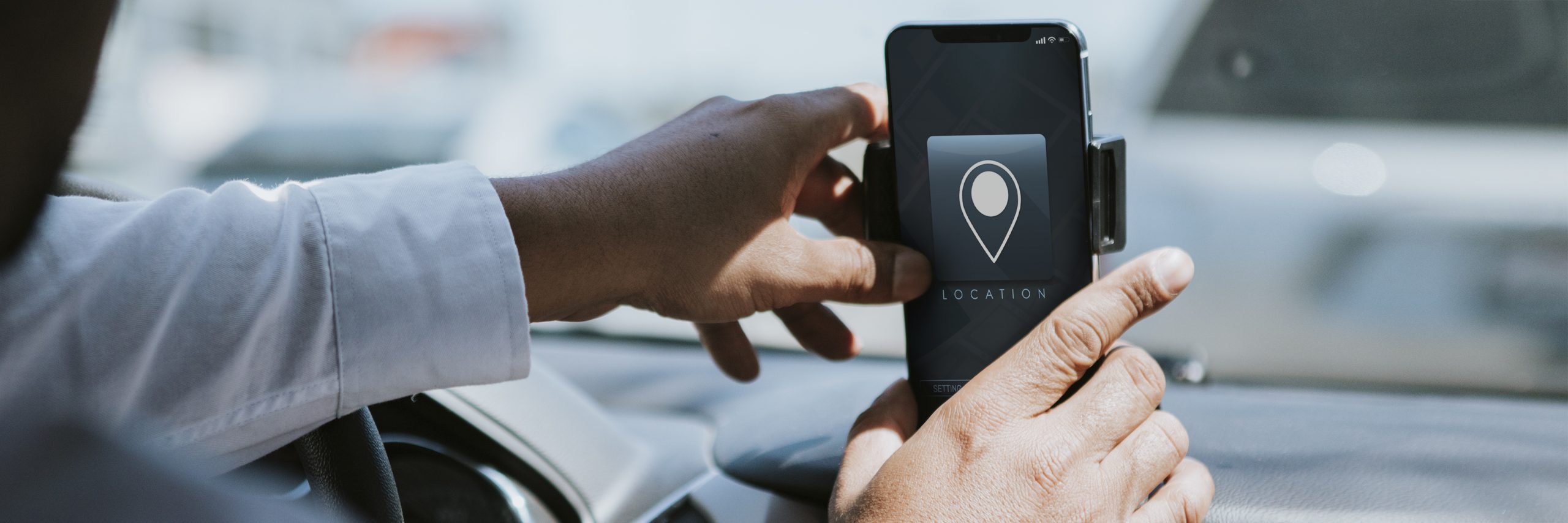E-Mobility Management
Can be significantly streamlined and made more
efficient with the integration of an IoT (Internet of Things) platform.

Efficiency with the integration of an IoT (Internet of Things) platform
IoT
platforms enable the connectivity of various devices, vehicles, and
infrastructure, allowing seamless communication and data exchange
- Real-time Monitoring
- Remote Diagnostics and Maintenance
- Optimal Charging Management
- Data-Driven Insights Range Management for Continuous Improvement
An IoT platform is instrumental in simplifying E-Mobility Management by providing a centralized system
Remote Diagnostics and Maintenance
Through the IoT platform, remote
diagnostics of EVs and charging stations become possible. Any issues or
faults can be identified and addressed remotely, reducing downtime and
minimizing the need for physical inspections and repairs.
Optimal Charging Management
IoT platforms can analyze data from EVs
and the grid to optimize charging schedules. It can ensure that charging
occurs during off-peak hours when electricity rates are lower, reducing
operational costs for fleet operators and minimizing the strain on the
electrical grid.
Billing and Payment Automation
IoT platforms can handle billing and
payment processes automatically. They can track charging sessions and
energy consumption, generating accurate bills for EV users and enabling
various payment options, including mobile payments and subscriptions.
Range Management
E-Mobility Management involves addressing range
anxiety concerns. IoT platforms can assist by analyzing data on EV battery
levels, usage patterns, and traffic conditions to predict remaining range
accurately. This information can be shared with drivers and fleet managers
to plan routes and charging stops efficiently.
User Experience Improvement
IoT platforms can enhance the user
experience by providing mobile apps and web interfaces. These applications
can offer real-time information on nearby charging stations, availability,
and other relevant services, making it convenient for EV drivers to find and
use charging infrastructure.
Data Analytics and Insights
With a vast amount of data collected by the
IoT platform, analytics can be performed to gain valuable insights. Fleet
operators can identify patterns, optimize routes, improve vehicle efficiency,
and make data-driven decisions to enhance overall E-Mobility Management.
Fleet Optimization
For businesses and organizations using electric
vehicle fleets, IoT platforms can offer fleet optimization capabilities. This
involves analyzing data on vehicle usage, driver behavior, and charging
patterns to improve fleet efficiency and reduce operational costs
Real-time Monitoring
IoT platforms can gather real-time data from
electric vehicles (EVs) and charging stations, providing insights into their
status, location, battery levels, and charging progress. This data helps fleet
managers and operators to monitor the health and performance of their EVs
and charging infrastructure, enabling proactive maintenance and
troubleshooting
Integration with Smart Grids
By integrating with smart grids, IoT
platforms can ensure seamless communication between charging stations
and the grid. This bidirectional flow of information allows for demand response strategies, peak-load management, and enhanced grid stability.
E-Mobility
Overall, an IoT platform is instrumental in simplifying E-Mobility
Management by providing a centralized system to monitor, control, and
optimize electric vehicles and charging infrastructure. It enhances
efficiency, reduces operational costs, and improves the overall experience for
both EV users and fleet operators.
